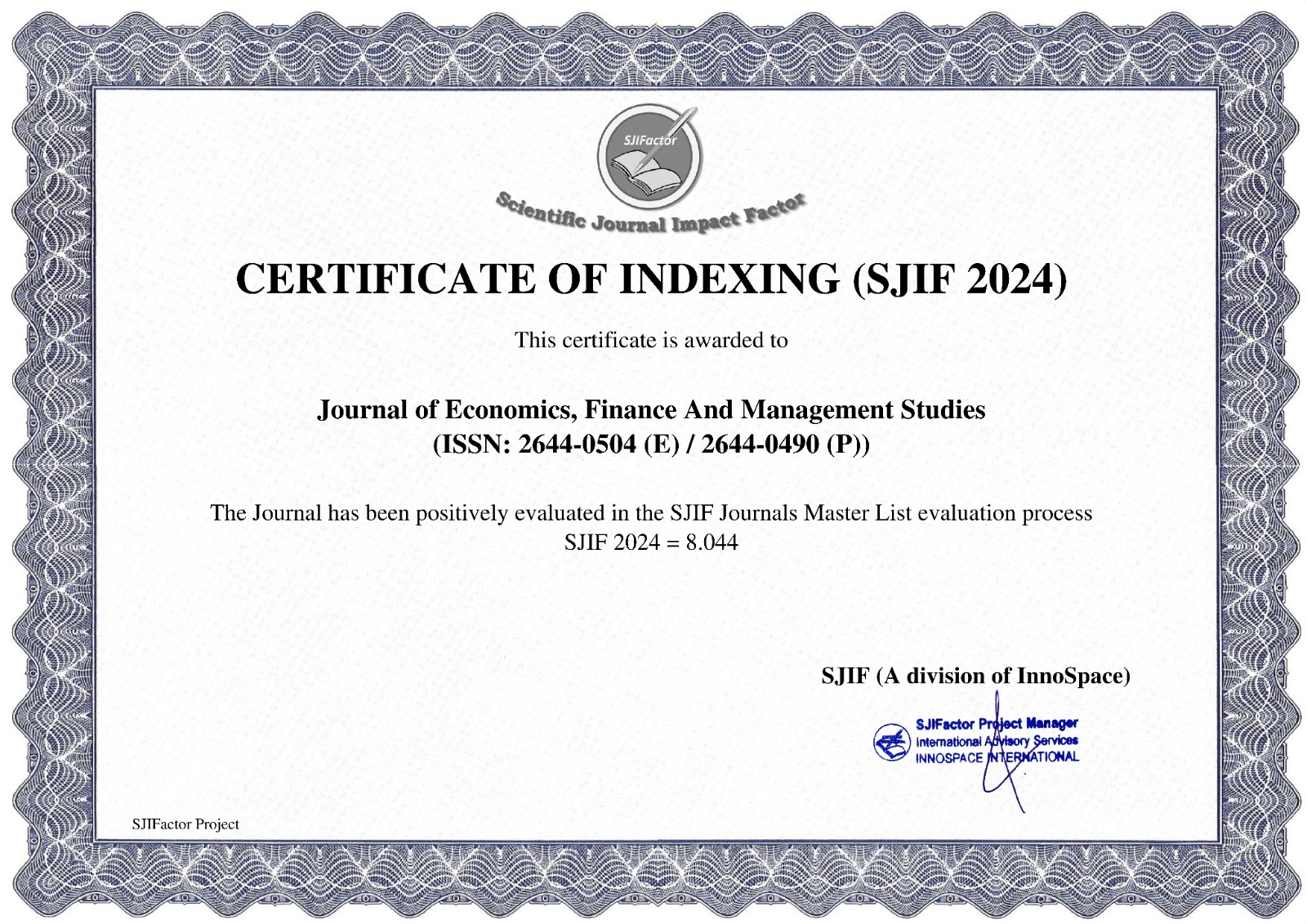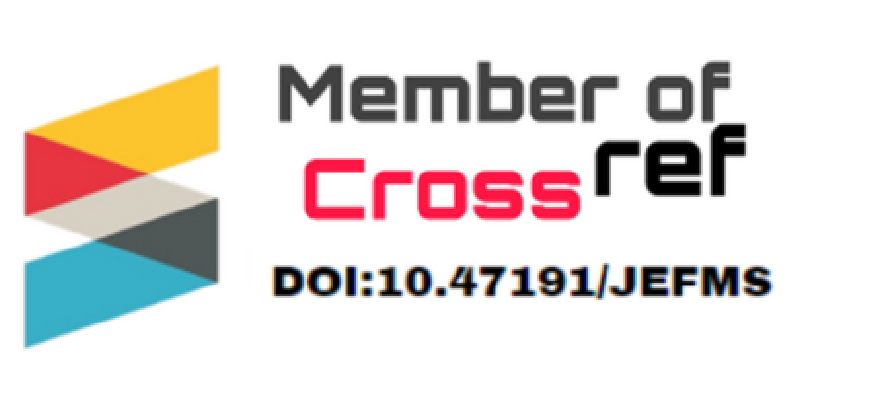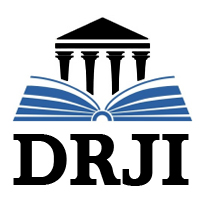Who is Using AI in Romania? A Socio – Economic Profile of AI Users
1 Adina-Maria Voda, 2 Doina Liliana Badea
1,2Bucharest University of Economic Studies, Bucharest, Romania,
https://doi.org/10.47191/jefms/v8-i3-55ABSTRACT:
Romania ranks last in the EU on AI usage. Whereas the AI knew an exponential growth worldwide over the last few years, especially after Chat GPT launch, Romania does not seem to have the capacity to catch up quickly. The present study aims to showcase the influence of socio-economic predictors, such as age, education level, income and professional experience, on AI usage in the workplace in Romania. We use ordinal regression model to measure what drove AI usage at the workplace in Romania over the last 12 months, which may later stimulate AI uptake by the labor market. We use for the first time the results of a survey targeting employees, applied online in Romania during December 2024 – January 2025. We conclude that Romanian employees’ income and work experience are key predictors of AI usage, whereas age and professional experience do not have a significant impact.
KEYWORDS:
AI; AI usage; digitalization; Romania; socio-economic profiles
REFERENCES:
1) Autor, D. (2022). The labor market impacts of technological change: From unbridled enthusiasm to qualified optimism to vast uncertainty (No. w30074). National Bureau of Economic Research.
2) Amazon EU (2025). AI adoption outpaces early mobile phone uptake. Retrieved from: https://www.aboutamazon.eu/news/innovation/ai-adoption-outpaces-early-mobile-phone-uptake
3) de Bellefonds, N., Charanya, T., Franke, M. R., Apotheker, J., Forth, P., Grebe, M., Luther, A., de Laubier, R., Lukic, V., Martin, M., Nopp, C., & Sassine, J. (2024). Where’s the value in AI? Boston Consulting Group. Retrieved from https://web-assets.bcg.com/a5/37/be4ddf26420e95aa7107a35aae8d/bcg-wheres-the-value-in-ai.pdf
4) Draghi, M. (2024). The future of European competitiveness: A competitiveness strategy for Europe. European Commission. Retrieved from https://commission.europa.eu/document/download/97e481fd-2dc3-412d-be4c-f152a8232961_en?filename=The+future+of+European+competitiveness+_+A+competitiveness+strategy+for+Europe.pdf
5) European Commission. (2025). Artificial intelligence and the future of work (Eurobarometer Survey February 2025). https://europa.eu/eurobarometer/surveys/detail/3222
6) European Commission. (n.d.). European approach to artificial intelligence. https://digital-strategy.ec.europa.eu/en/policies/european-approach-artificial-intelligence
7) European Commission. (n.d.). The Recovery and Resilience Facility. Digital transformation https://ec.europa.eu/economy_finance/recovery-and-resilience-scoreboard/digital.html
8) European Commission. (n.d.-a). 2030 Digital Compass: The European way for the Digital Decade. EUR-Lex. Retrieved from https://eur-lex.europa.eu/legal-content/EN/TXT/HTML/?uri=CELEX:52021DC0118
9) European Commission. (n.d.-b). AI Act. Retrieved from https://digital-strategy.ec.europa.eu/en/policies/regulatory-framework-ai
10) European Commission. (n.d.-c) Artificial Intelligence for Europe. Available online: https://eur-lex.europa.eu/legal-content/EN/TXT/?uri=COM%3A2018%3A237%3AFIN
11) European Commission. (n.d.-d). AI Watch. Retrieved from https://ai-watch.ec.europa.eu/countries_en
12) Eurostat. (2025). Usage of AI technologies increasing in EU enterprises. European Commission. https://ec.europa.eu/eurostat/web/products-eurostat-news/w/ddn-20250123-3
13) Government of Romania. (2024, July 25). Decision No. 832/2024 on the approval of the National Strategy on Artificial Intelligence 2024-2027. Official Gazette, Part I, No. 730. Retrieved from: https://lege5.ro/Gratuit/ge2timbygi2di/hotararea-nr-832-2024-privind-aprobarea-strategiei-nationale-in-domeniul-inteligentei-artificiale-2024-2027
14) Sukharevsky, A., Hazan, E., Smit, S., de la Chevasnerie, M.-A., de Jong, M., Hieronimus, S., Mischke, J., & Dagorret, G. (2024). Time to place our bets: Europe’s AI opportunity. McKinsey Global Institute. Retrieved from: https://www.mckinsey.com/capabilities/quantumblack/our-insights/time-to-place-our-bets-europes-ai-opportunity
15) Peng, Y., Malin, B. A., Rousseau, J. F., Wang, Y., Xu, Z., Xu, X., Weng, C., & Bian, J. (2025). From GPT to DeepSeek: Significant gaps remain in realizing AI in healthcare. Journal of Biomedical Informatics, 163, 104791. https://www.sciencedirect.com/science/article/pii/S1532046425000206
16) Popescu (Iacobescu), I.M., Zavatin (Chilea), I., Manea, D.I., Pamfilie, R. and Jurconi, A., 2024. Adapting the Competences of the Employed Personnel in the Context of the Integration of Artificial Intelligence in Organisations. Amfiteatru Economic, 26(67), pp. 817-831.
17) DOI: https://doi.org/10.24818/EA/2024/67/817 .
18) Purice, M. (2025, February 27). Genesis Property: Almost 80% of employees use AI tools at work. 88% believe that more automation tools should be implemented in the office, and 70% want to develop new skills in AI and automation systems. Outsourcing Today. https://outsourcing-today.ro/?p=12670
19) Roberts, H., Cowls, J., Hine, E., Morley, J., Wang, V., Taddeo, M., & Floridi, L. (2023). Governing artificial intelligence in China and the European Union: Comparing aims and promoting ethical outcomes. In The Information Society (Vol. 39, Issue 2, pp. 79–97). Informa UK Limited. https://doi.org/10.1080/01972243.2022.2124565
20) Statista. (2024). AI adoption among organizations worldwide. Statista. Retrieved from: https://www.statista.com/statistics/1545783/ai-adoption-among-organizations-worldwide/
21) Strand Partners. (2025). Unlocking Europe's AI potential in the digital decade 2025. [PDF]. Retrieved from https://www.unlockingeuropesaipotential.com/_files/ugd/c4ce6f_2c9c73f6b5424e5ea17aee20e6068892.pdf
22) ŢURLEA, G., & Ciupagea, C. (2009). Happy e-Inclusion? The case of Romania. Romanian Journal of Economic Forecasting, 110.
















